A common bucket list activity for people travelling to Japan is to climb the iconic landmark Mt Fuji. Options to complete the climb include climbing independently or purchasing a climb Mt Fuji tour. The focus of this article is to assist you to find the best Mt Fuji climbing tour as well as pointing you towards the information if you plan to climb Mt Fuji independently.
Best Mt Fuji Climbing Tour
While there are many options to climb Mt Fuji independently, if you prefer to book a tour option, there are several options available where they make the arrangements for you. Most tours are two days and one night with the goal of seeing the sunrise from Mt Fuji. Each tour has different inclusions, as summarised below.
Mt Fuji Climbing Tours and Willer Express have very affordable Mt Fuji Summit climbing options where you can climb the Yoshida or Subashiri Trails.
These tours all include:
- A stay in a mountain lodge
- Round trip bus transfer from Tokyo or Gotemba
- Professional guide
- Two meals
- Entrance to an onsen facility after the hike
During checkout you can also add a hiking gear rental , which includes clothing, backpack, raincoat, walking sticks, headlamp and more.
When is the Best Time to Climb Mt Fuji?
The official Mt Fuji climbing season fis usually from 1 July to 10 September, with final descent on the Yoshida trail only on the morning of 11 September. During the climbing season (unlike my main photo) there is generally no snow on Mt Fuji. Expect the official climbing season dates to be released 1-2 months prior to opening.
The best time to climb Mt Fuji is during the official climbing season. Outside of the official climbing season the mountain is deemed to be unsafe, and every year people die when attempting to climb out of season. Risks out of season include gale force winds, extreme weather conditions, avalanches, snow and ice, with many people both experienced and novice experiencing hypothermia leading to death.
The most busy period to climb Mt Fuji is during the school holidays from around 20 July to 31 August each year. In particular Obon Week is renowned as the busiest time where climbers are effectively queuing on their way up and down the mountain – so try to avoid these periods if possible.
How to Climb Mt Fuji?
There are four main climbing routes to climb Mt Fuji – note that each route has different starting and finishing points and ascent and descent times. Each route has a separate ‘5th Station’ from which you commence the climb and return to after descending.
This link on the official website includes a very good climb comparison table which compares the four routes from the perspective of starting altitude, ascent time, descent time, trail description, terrain, hut availability, access, facilities at the trail heads, aid and rescue options and the number of climbers each season.
The following link has some good information about the different climbing route options as well as a map to show the different routes. The official website also has guidelines for climbing safely, ensure you read them carefully.
If you want to arrive at the summit of Mt Fuji in time to view the sunrise, you will need to plan to depart from Tokyo in the early morning, with an aim to start climbing from the 5th Station by 1pm. Climbers will typically arrive at the 7th or 8th Station around 5-6pm, which is a good time to have a rest, food and some sleep.
An important point is that you need to pre-book mountain huts to enable you to get a few hours sleep along the way. Here is the link to get the details and to make your hut bookings if you are planning to climb independently. Note that the mountain huts book out quickly so ensure you book ahead if travelling independently. Sometimes people want to do the climb in a single day which is possible, however is not recommended to to causing an increased risk of altitude sickness.
You then plan to start climbing again by 9-10pm, after which you are likely to arrive at the summit by around 3am, ready to watch the sunrise. Due to the high altitude sunrise occurs much earlier than if you are at ground level – typically between 4.30am to 5am during summer.
After viewing the sunrise you can choose to walk around the crater of Mt Fuji which takes around 90 minutes, before starting the descent back to the 5th Station for your route. It typically takes around 4 hours to arrive back at 5th Station and another 3:30 hrs or more to return to Tokyo.
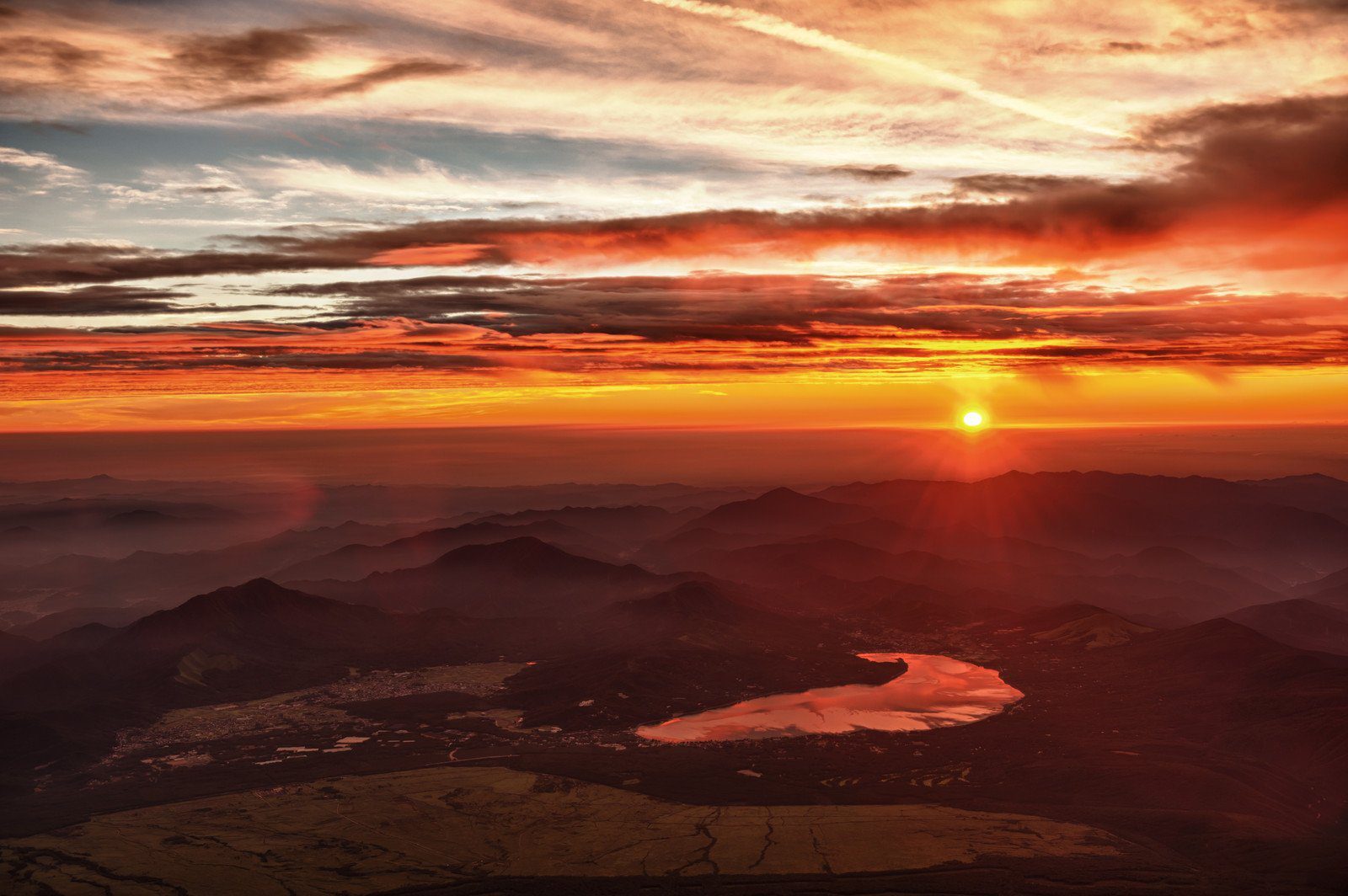
How to Climb Mt Fuji on the Yoshida Trail
The Yoshida Trail (marked as the Yellow Trail) is the most popular route to climb Mt Fuji, and you can expect to be inundated with climbers, particularly on weekends during the climbing season. It is located on the north eastern side of Mt Fuji. For more detailed information on how to climb the Yoshida Trail check out this comprehensive article from Japan Guide and this article from the Fujiyama website has a good map and explanation of the different climbing stages and is clearer with regards to the route.
Here is a good article from Jenna in Japan on the experience of climbing the Yoshida Trail.
How to Climb Mt Fuji on the Subashiri Trail
The Subashiri Trail (marked as the Red Trail) is the second most easily accessible climbing route and starts from JR Gotemba Station. It is located on the eastern side of Mt Fuji, and the trail merges with the Yoshida Trail at the 8th Station. For more detailed information on how to climb the Subashiri Trail check out this comprehensive article from Japan Guide and this article from the Fujiyama website has a good map and explanation of the different climbing stages and is clearer with regards to the route.
Here is a good article from Jenna in Japan on the experience of climbing the Subashiri Trail.
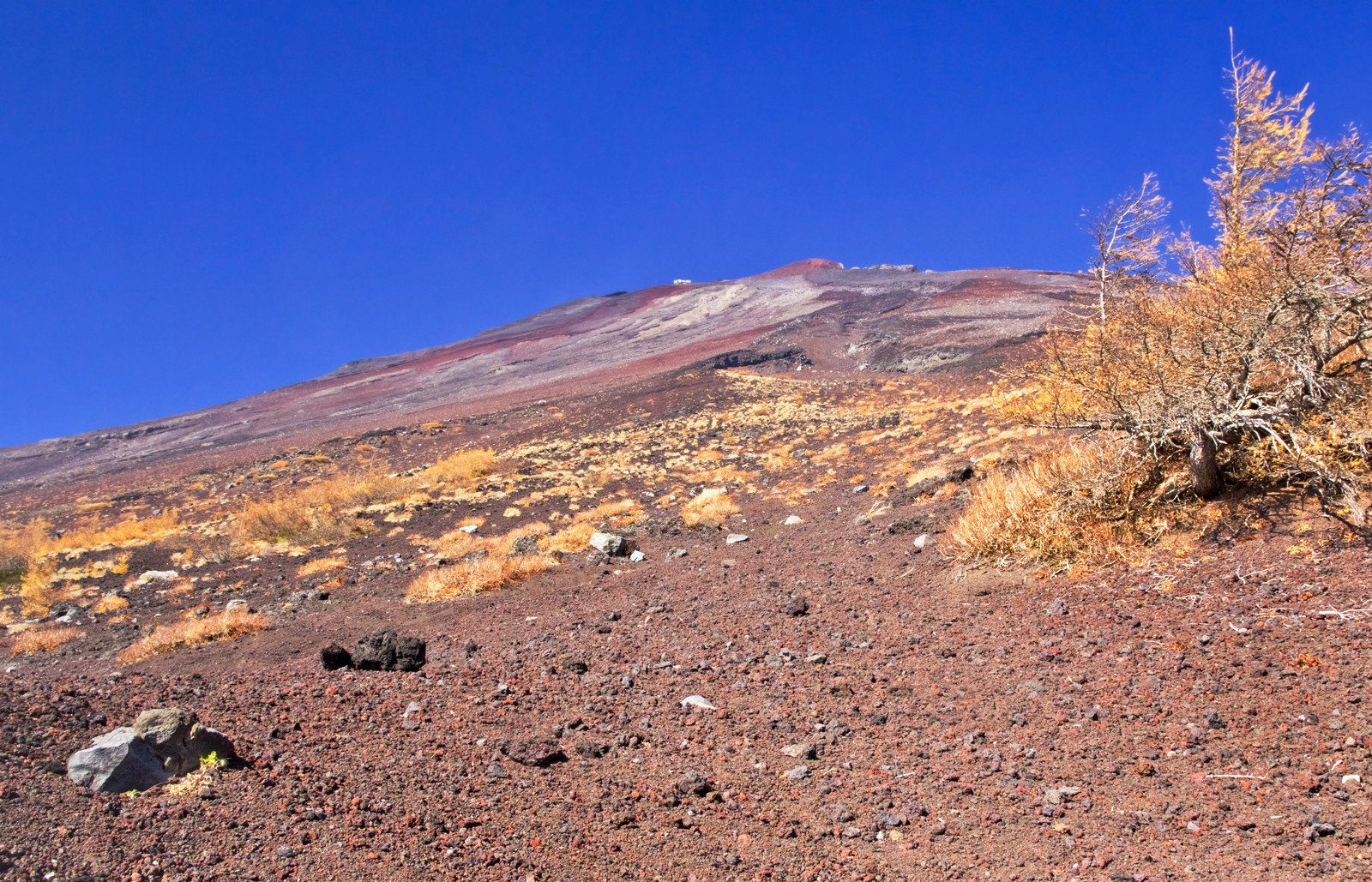
How to Climb Mt Fuji on the Gotemba Trail
The Gotemba Trail (marked as the Green Trail) is the longest climbing route and starts from JR Gotemba Station. It is located on the south eastern side of Mt Fuji. For more detailed information on how to climb the Gotemba Trail check out this comprehensive article from Japan Guide and this article from the Fujiyama website has a good map and explanation of the different climbing stages.
How to Climb Mt Fuji on the Fujinomiya Trail
The Fujinomiya Trail (marked as the Blue Trail) is the shortest and lowest climbing route and starts from Fujinomiya 5th Station. It is located on the southern side of Mt Fuji and has the same route for both the ascent and descent. For more detailed information on how to climb the Fujinomiya Trail check out this comprehensive article from Japan Guide and this article from the Fujiyama website has a good map and explanation of the different climbing stages.
How Long Does it Take to Climb Mt Fuji?
A common question is how long does it take to climb Mt Fuji. The answer depends on which trail you choose to climb Mt Fuji, as they each have different starting points and difficulty to reach the summit at 3776m / 12390 ft.
Here is a quick summary of the climbing times to the starting/finishing point:
- Yoshida Trail has a typical ascent time of 6 hours and a descent time of 4 hours, starting and finishing at an altitude of 2300m / 7550 ft.
- Subashiri Trail has a typical ascent time of 6 hours and a descent time of 3 hours, starting and finishing at an altitude of 2000m / 6560 ft.
- Gotemba Trail has a typical ascent time of 7 hours and a descent time of 3 hours, starting and finishing at an altitude of 1450m / 4760 ft.
- Fujinomiya Trail has a typical ascent time of 5 hours and a descent time of 3 hours, starting and finishing at an altitude of 2400m / 7880 ft.
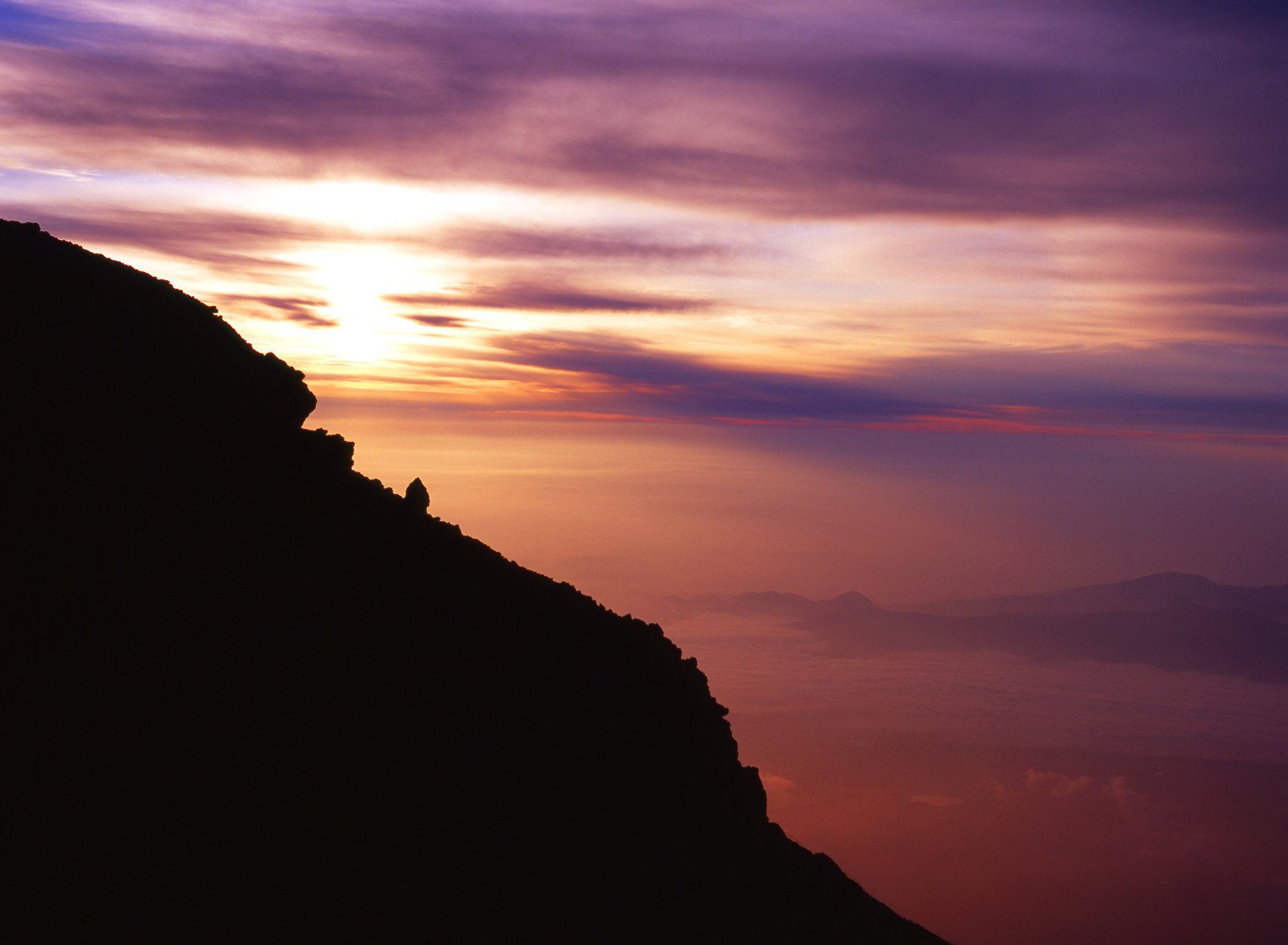
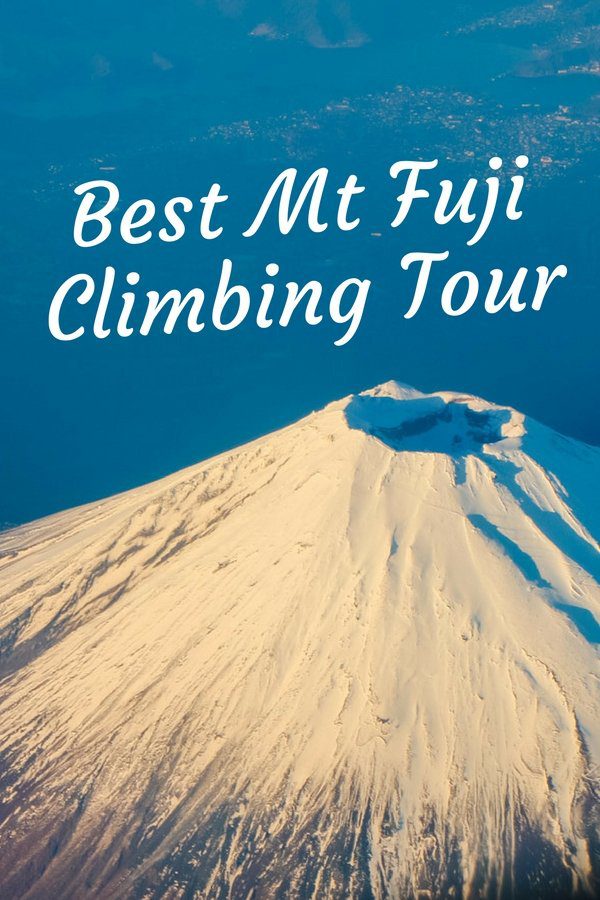
Join the Japan Travel Planning Facebook Group

Disclaimer: This article contains affiliate links. If you book after clicking on one of these links then we may receive a small commission at no extra cost to you.
Anne Sutherland-Smith is the creative force behind Pretraveller.com, a travel blog that specializes in offering insightful guidance for exploring Japan, South Korea, Australia, Hong Kong, and Singapore. Her passion for these diverse and dynamic regions shines through in her expert advice, particularly in helping travellers stay connected with the latest in SIM cards, pocket WiFi, and eSIMs.
With an unquenchable thirst for Asian and Oceanian cultures, Anne has carved out a niche as a knowledgeable guide for those venturing into the bustling streets of Tokyo, the historical alleys of Kyoto, the vibrant scenes of Seoul, the scenic landscapes of Australia, the vibrant markets of Hong Kong, or the futuristic cityscape of Singapore. Her articles are full of practical tips and detailed information, ensuring travellers are well-equipped for their journeys.
Anne’s approach is grounded in providing reliable, authoritative travel content that enhances the travel experience. From navigating the complexities of digital connectivity on the go to immersing in the local culture, her advice is designed to make travel both enjoyable and seamless.

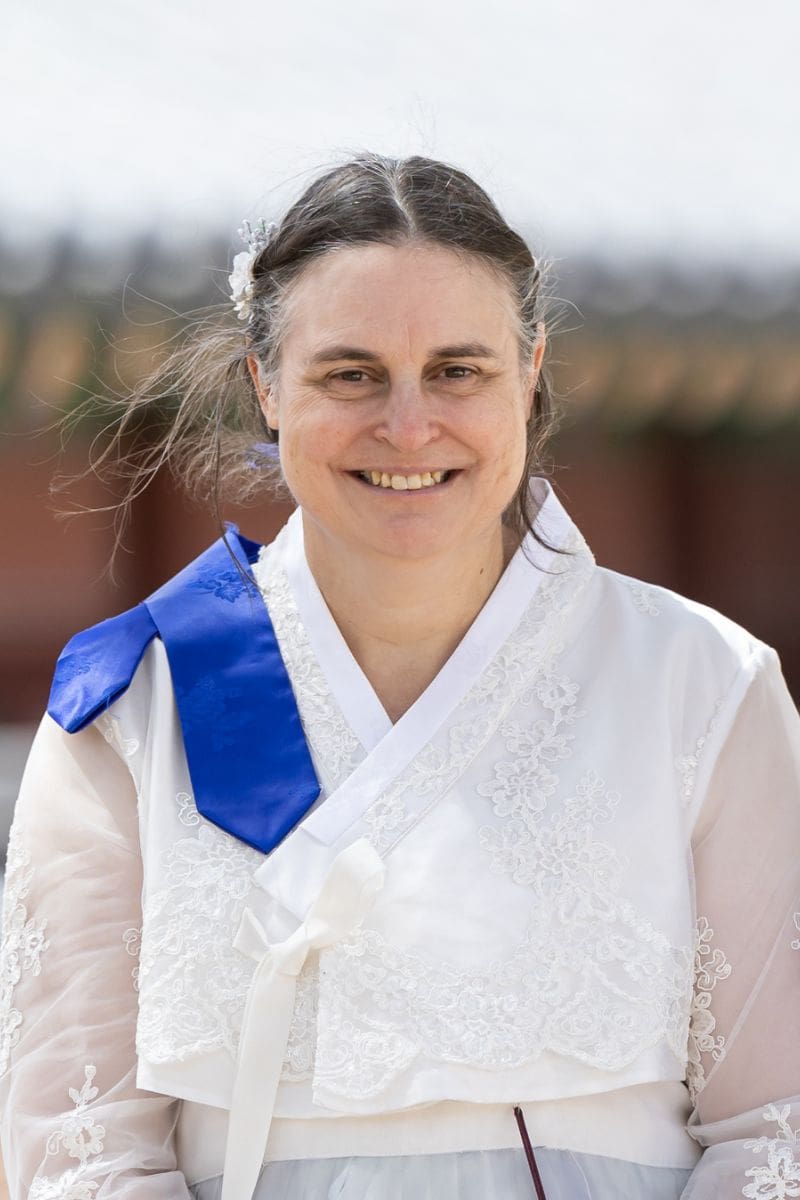
need your help with my plan to hike Mt. Fuji…
I suggest you post your questions into the Japan Travel Planning Facebook Group.
2 day 1night hiking mt fuji how much for 1 persone?
Last year the price for one person was around $US150-200 depending on whether it was a peak time or non-peak.